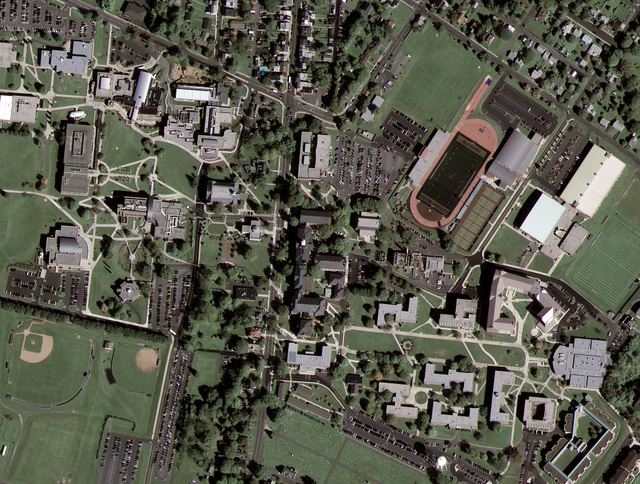Neil Gaiman has given away his new book, ‘The graveyard book’, one chapter at a time, reading a chapter across 9 cities, starting October 1 and finishing yesterday. Fans are also able to access the readings at Gaiman’s website for young readers, Mouse Circus, where the readings are on video.
‘The graveyard book’ was conceived when Gaiman used to take his son into the cemetery to ride his bike, not having anywhere else to ride. The story is about an orphaned boy called Nobody, who is raised by cemetery inhabitants – not the human kind. Gaiman was inspired by Kipling’s ‘The jungle book’, only Gaiman’s protagonist is raised by dead people instead of animals.
Wired.com has filmed Gaiman talking about his childhood and ‘The graveyard book’ – a fascinating insight.
[youtube=http://au.youtube.com/watch?v=c9Dz90e883Q]
On his blog, Gaiman comments on his videos being free to those who missed the readings, as he talks about his idea of sharing the story:
As far as I’m concerned, the videos exist to allow people who weren’t there to experience the readings, to taste the story, to enjoy it. I’d love it if libraries used them. I’m happy if bookstores use them, or if schools use them for that purpose, in the US or out of it.
Another reader comments on the advantage of the streamed reading:
Watching you read, your face taking on the myriad expressions of your characters, is so much better than just an audio. Stray noises and all. Thanks for giving us the experience.
For the latest news and articles about Neil, the Universe, and Everything, go and bookmark Lucy Anne’s The Dreaming at del.icio.us.
It would be fun to run sessions for students to watch the video of Neil Gaiman reading his own work, either as a marathon, or splitting it up by chapter. I love the way the book takes on a life of its own, with the author turning the book into an event, and giving of himself, and with the follow-up videos. Another idea that comes to mind is a student-created video where they read a chapter from their favourite book or a story they have written themselves. They could do a straight reading or add costume and effects.


